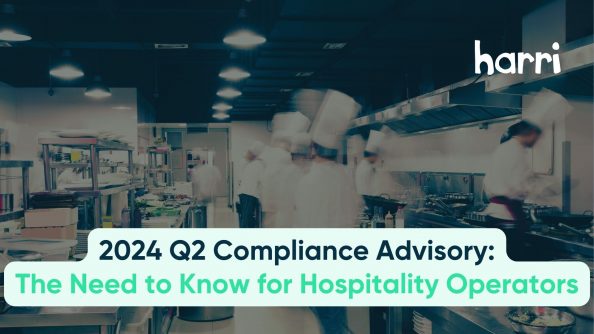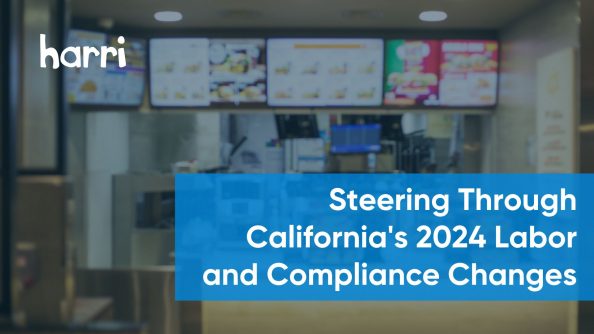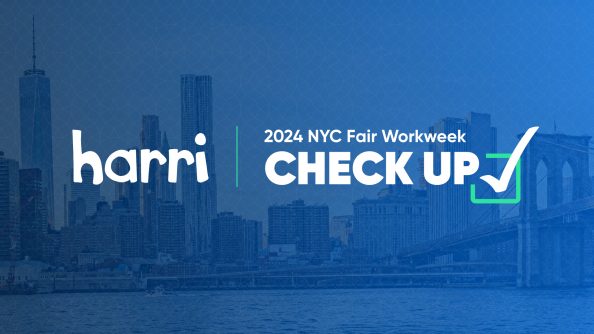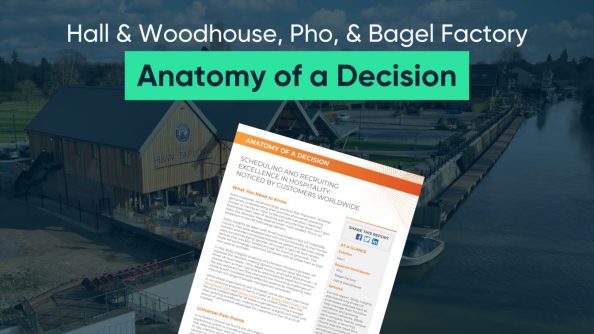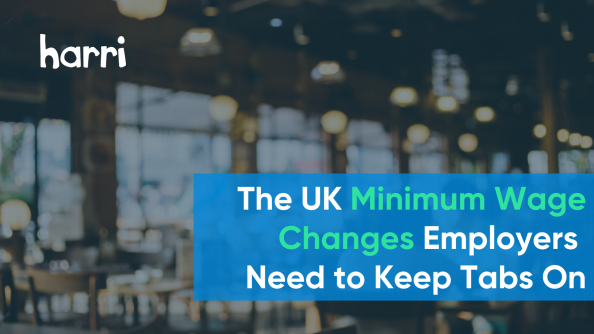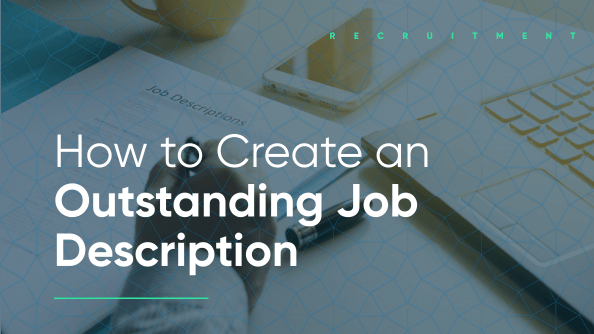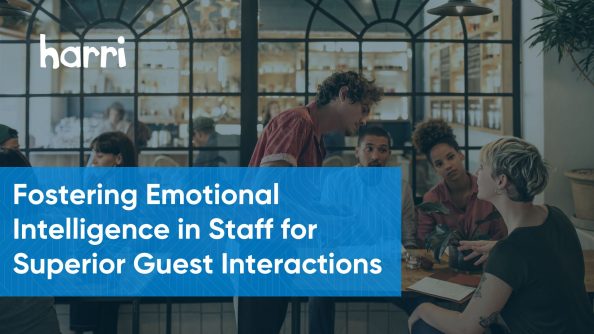Diversity Training in the Hospitality Workplace
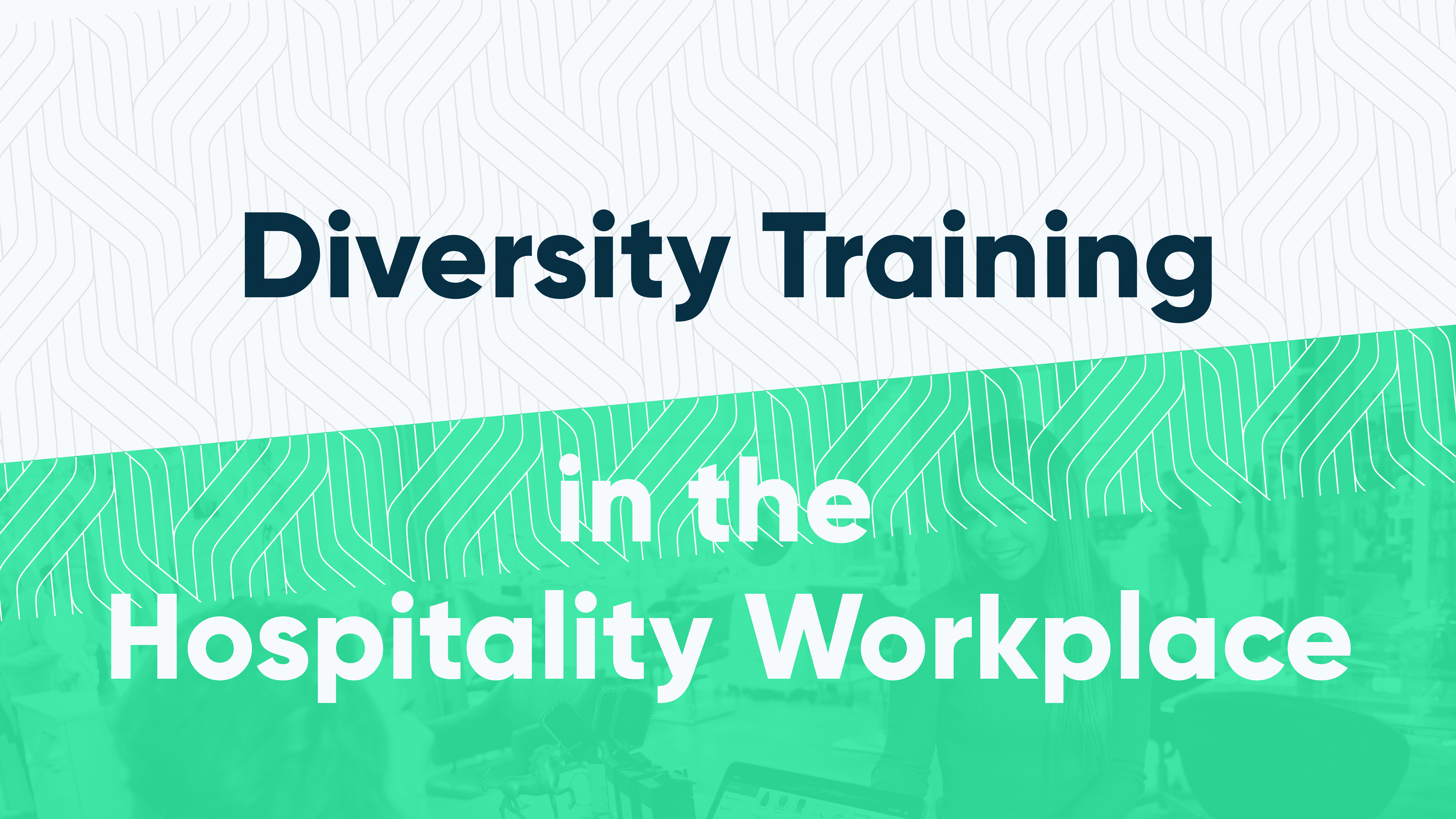
- By Harri Insider Team | July 9, 2018
Years ago in the 1960s, the word ‘diversity’ started to gain traction. Starting in the 1980s, many major corporations, government agencies, and nonprofit organizations began holding diversity training and rolling out diversity initiatives.
Today, diversity training is more important than ever, due to demographic changes; added dimensions and depths of diversity to include gender, race, ethnicity and
sexual orientation; and the ‘#MeToo’ movement.
If you haven’t already done so, it’s time for your organization to start laying the groundwork for a formalized policy that embraces and celebrates diversity and promotes inclusion.
As a minority, I have always looked to work for organizations that embrace diversity and have a proven method of ensuring that the culture of the company is committed to diversity; that their philosophy fulfills its obligation under the law as well as company policies and procedures.
Risks of Not Having a Diversity Strategy
If you don’t implement a formal diversity strategy, you run the risk of being viewed as a company that just isn’t in tune with the times. Equality in the workplace is top of mind for businesses, governments, regulators, society, and – most important of all – the vital talent that will drive our future success.
The hospitality world tends to be slower to move on these types of initiatives, especially in smaller organizations. Additionally, many programs designed to change cultures sometimes take longer than initially planned to implement – or they fail completely.
There may also be costs associated with legal compliance: Potential costs include record-keeping systems, staff training, and communicating new policies. However, the extent of these costs for a specific business will be minimal in comparison to the potential future cost (or loss) to your entire organization due to issues that could arise from not having such a policy in place.
Benefits of Having a Diversity Strategy
There are many benefits to implementing a diversity plan. Today, people are constantly inundated with anti-bias attitude and behaviors. By generating awareness of diversity issues, it will bring about more cohesiveness in teams.
A formal diversity strategy also helps your company increase retention and reduce turnover. Businesses that fail to promote an inclusive work environment tend to have higher turnover rates. The failure to retain qualified employees results in avoidable turnover-related costs at the expense of a company’s profits. Having a diverse and discrimination-free work environment helps businesses avoid these costs.
The hospitality industry is also suffering from a recruiting epidemic. It is so difficult to find good, qualified talent. Diversity fosters a more diverse candidate pool. The ability to source candidates from the largest and most diverse set of candidates is increasingly necessary to succeed in the Hospitality market today.
Here are steps you can take to roll out your very own diversity initiative:
- Assess your present company diversity awareness. Make sure you have a strong understanding of where you are, where you want to go and where you want to be as it relates to a full diversity strategy and your company.
- Clearly outline expectations you have of yourself and others in the workplace in terms of creating a respectful, inclusive, and non-discriminatory environment.
- Gain knowledge and identify personal and work goals to help build a diverse and inclusive workforce.
- Ensure you have the buy-in of top management and the entire work population.
- Appoint a ‘Diversity Champion.’ This person will lead the charge on the diversity initiative and will assist you in meeting deliverables.
- Form a committee with lead members from every department.
- Establish a formal project plan. Ensure the project plan addresses questions such as:
- Where are we now?
- Where do we want to be?
- How will we get there?
- How will we know when we have got there?
- How will we know if we have been successful?
- Set S.M.A.R.T. goals (Specific, Measurable, Achievable, Relevant, Time-Bound)
- Know your audience. Not all work environments are the same. Different people require different types of training and materials. Avoid trying to adapt training materials created for other companies and not specific to your goals.
- Ensure you have established and rolled out initiatives that are engaging.
- Be sure to have weekly updates and wrap-up assessments after the training sessions.
- Ongoing examination of employment practices and policies that promote diversity.
- Continuous employment equity and diversity training and awareness programs.
- Ensure your workplace diversity policy is a living document.
- Lastly, be sure to utilize technology, as it will assist you in rolling out the training initiatives.
Remember: This is a process and will not happen overnight! You must be patient and trust the process. The companies that successfully implement diversity training and education of their staff are the ones constantly working to identify and address systemic barriers embedded within policies, practices, programs, and services that inadvertently exclude individuals or whole communities (bonus: they’re also usually the companies that add to their bottom line).
The guidance I’ve outlined above includes just a few of the tools and support you’ll need to help you identify and address systemic diversity barriers to build a diverse and inclusive workforce broadly representative of the employees you employ and communities you serve.
So, go ahead and make your company a better place to work!
About the Author: Cleo Clarke is the Vice President of Human Resources Strategy & Development at Harri. Cleo is a senior HR professional and has held an executive role in the hospitality industry for more than 15 years.




